Cladding remediation – what’s really tolerable?
Since the Building Safety Act 2022 brought in new legislation around higher-risk buildings and the duty of accountable persons, cladding remediation remains a key topic for developers and landlords. Indeed, the new rules issued last year continue to protect leaseholders of residential buildings above 11m in England from bearing associated cost. The requirement is for transparency in how unsafe cladding will be remediated and funded, whether this be via the taxpayer-funded scheme or a developer-funded scheme, impacts key players within the industry.
The changes to the regulations have seen a number of new building surveying firms entering the market as developers and freehold owners review their legal obligations around cladding remediation. However, the issue of historical remediation work on high-rise is not new, and experienced building surveying firms have been providing specialist knowledge to leaseholders, owners and developers for some-time.
One such firm is Blakeney Leigh; as a multi-disciplinary property and building consultancy their team has extensive experience of working on high-rise remediation. They work with clients to review and resolve the serious historical fire safety defects that are either from the original build or a subsequent refurbishment. This means their awareness and understanding around remediating unsafe external cladding gives clients a reassurance about their ability to help them deliver solutions on time and on budget.
For further information, read our white paper: CladdingRemediation_white_paper


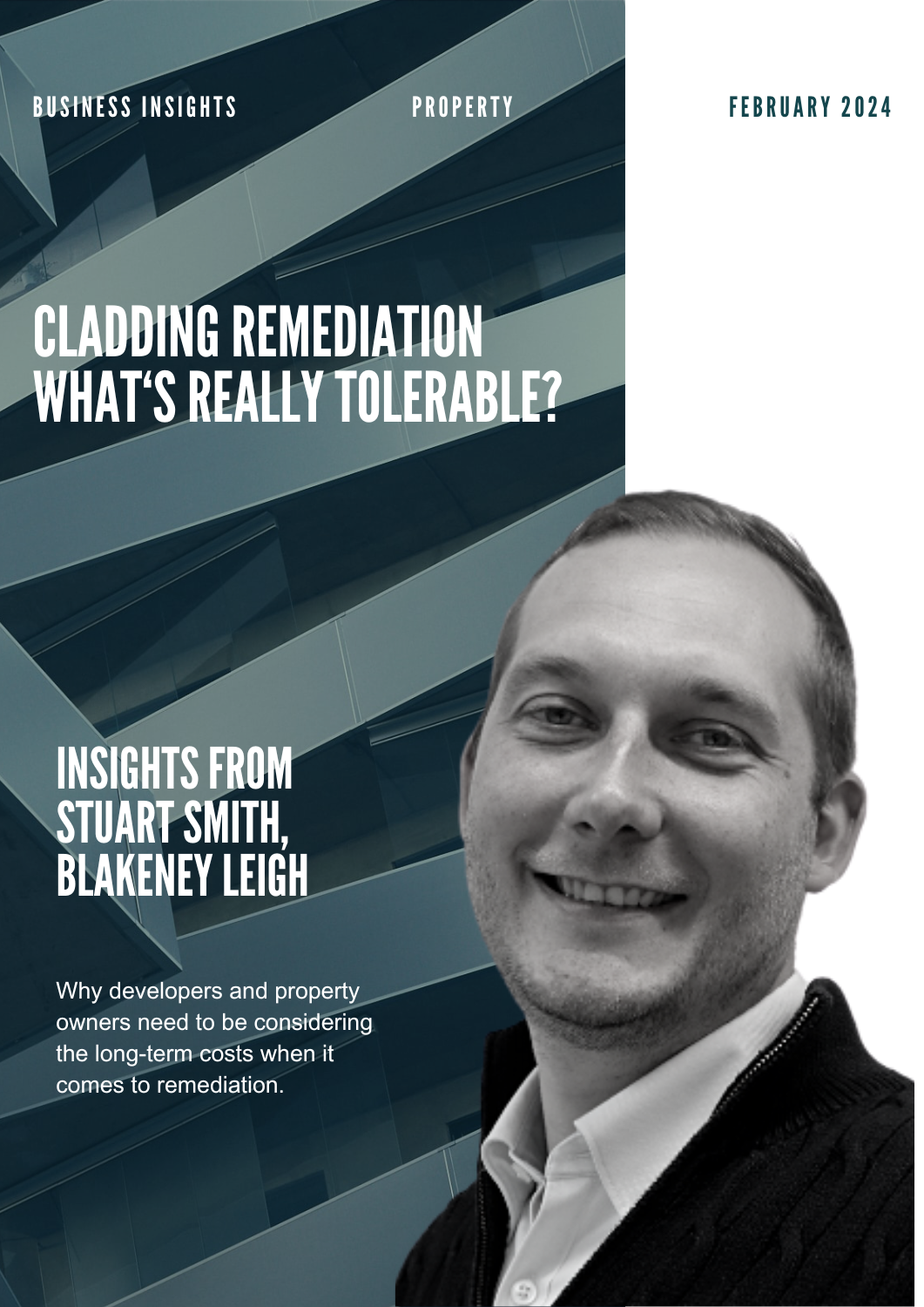
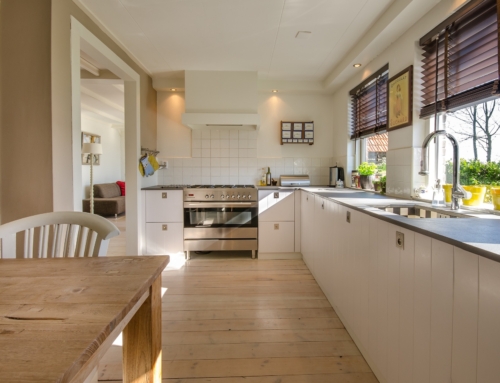

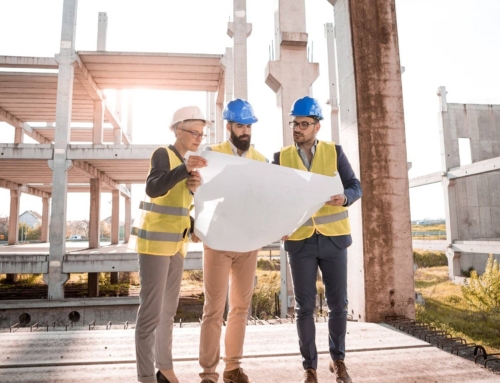

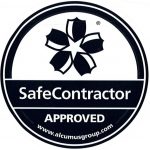

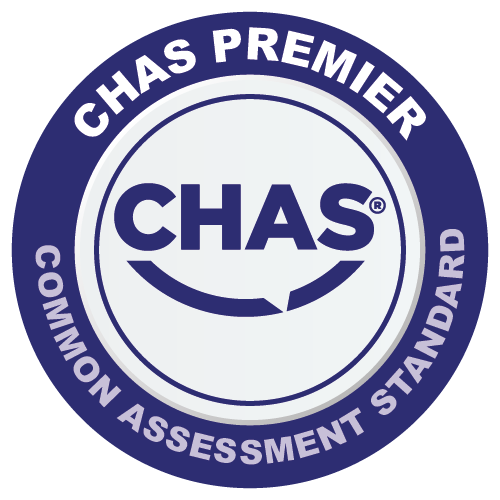



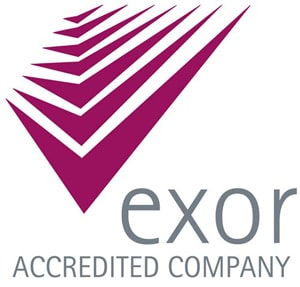

Get Social